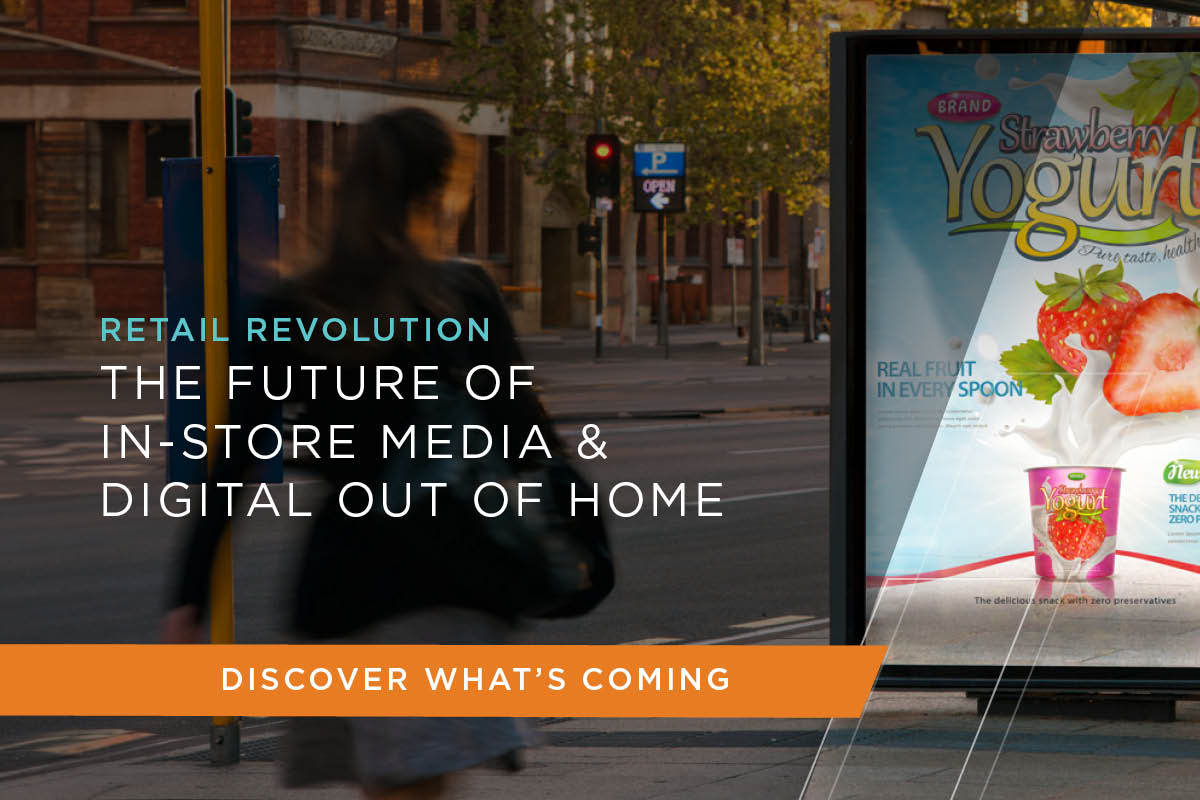Summary
In my last post, I talked about the importance of a strong foundation of data and how to use this strategically to combine information to find and reach your best audience.
The next step, then, is to watch the audience response. Ultimately, good measurement helps you better know your audience and better craft future marketing strategy. Here are just a few ways you can ensure you’re reaching your best audience.
Measure sales lift
Uncover high responding audience profiles to know the unique tastes and lifestyles of each buyer group.
TIP: It’s great if you can measure sales lift during the campaign, but it’s much better to compare sales lift by store (and store segment) over time to sales lift during the campaign. This can help you better allocate targeting around high opportunity locations.
Measure sales lift by promotion
Understand the effect your promotions have at the store and neighborhood levels. Actionable insights uncovered by this type of measurement can be fed back into your planning for your next promotion.
TIP: It’s not enough to know only which promotions and stores performed better, be sure your measurement provider can capture the consumer profiles of those stores.
Measure foot traffic
Linking your digital ad programs to real in-store visits allows you to understand what drives your consumers to walk through your doors. Detailed consumer segmentation allows you to understand which audiences are responding to your messages.
TIP: Measuring foot traffic can not only better acquaint you with your most enthusiastic audience, if you’re a brand, it can make you a better partner to your retailer.
Measure card spend by retailer
By analyzing the card spend of the consumers you target, you can understand who is responding to your program and where — both online and off.
TIP: Online and offline is key here. Don’t miss out on understanding which consumer segments respond by purchasing in a brick-and-mortar store just because your campaign is digital.
Measure the impact of your TV programs
TV can often be a lucrative way to build brand awareness or even drive sales, but it’s a pricey investment, which makes it all the more important that you measure whether this affects real-world visits.
TIP: Make sure your measurement provider can link the affect of your TV programs down to the household level. Also ask for distance-traveled insights, which can also be key when identifying audiences by location during planning time.



